10 WWII Sites That Tell Untold Tales
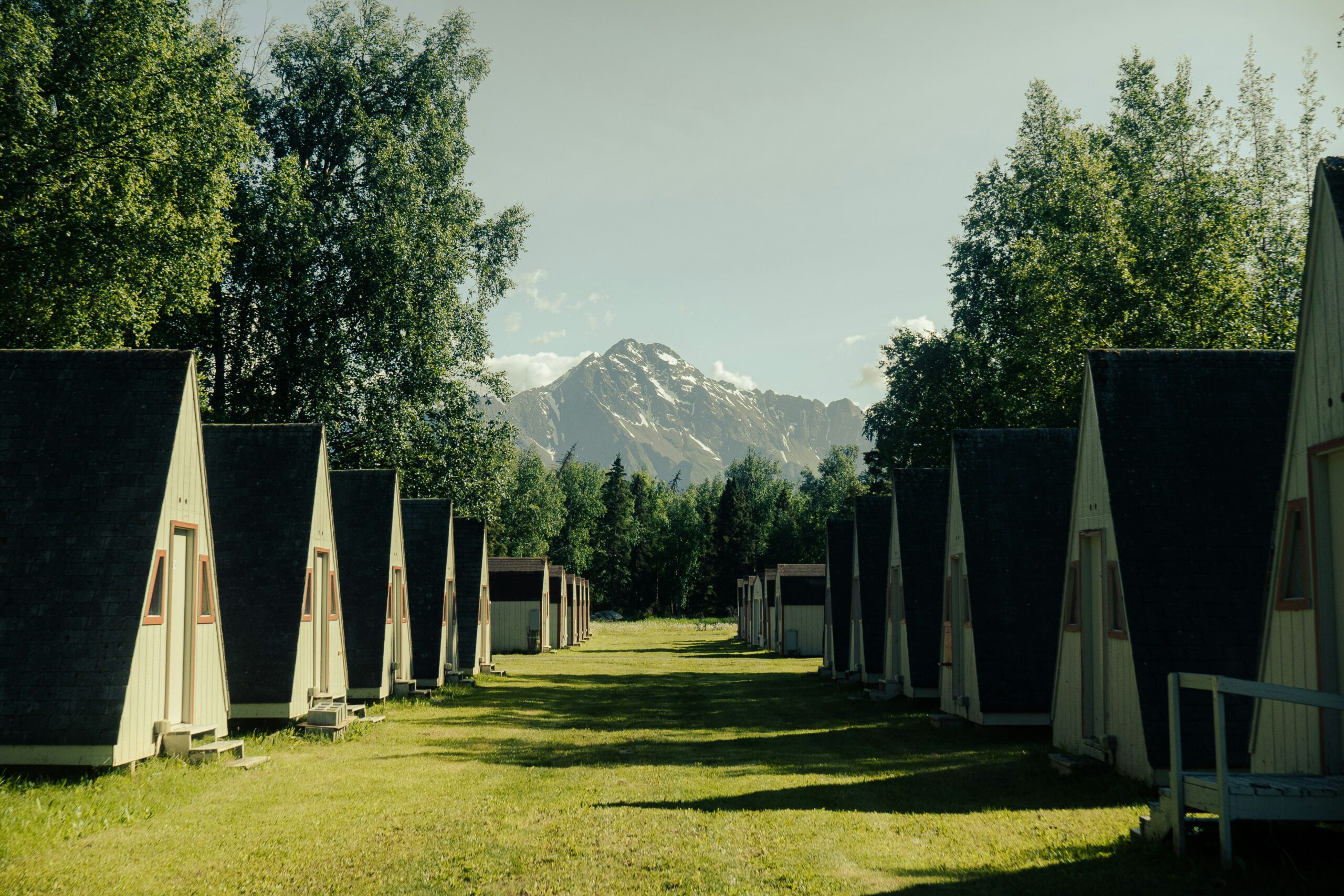
World War II shaped the modern world in profound ways, yet many of its most moving stories lie in places travelers often overlook. Beyond the major battlefields and museums are hidden corners of history—underground bunkers, quiet memorials, and preserved villages that witnessed resilience, resistance, and tragedy. Visiting these lesser-known WWII sites offers a deeper understanding of the human side of the war, reminding us that history isn’t just dates and headlines—it’s personal, lived, and still echoing.
Oradour-sur-Glane, France
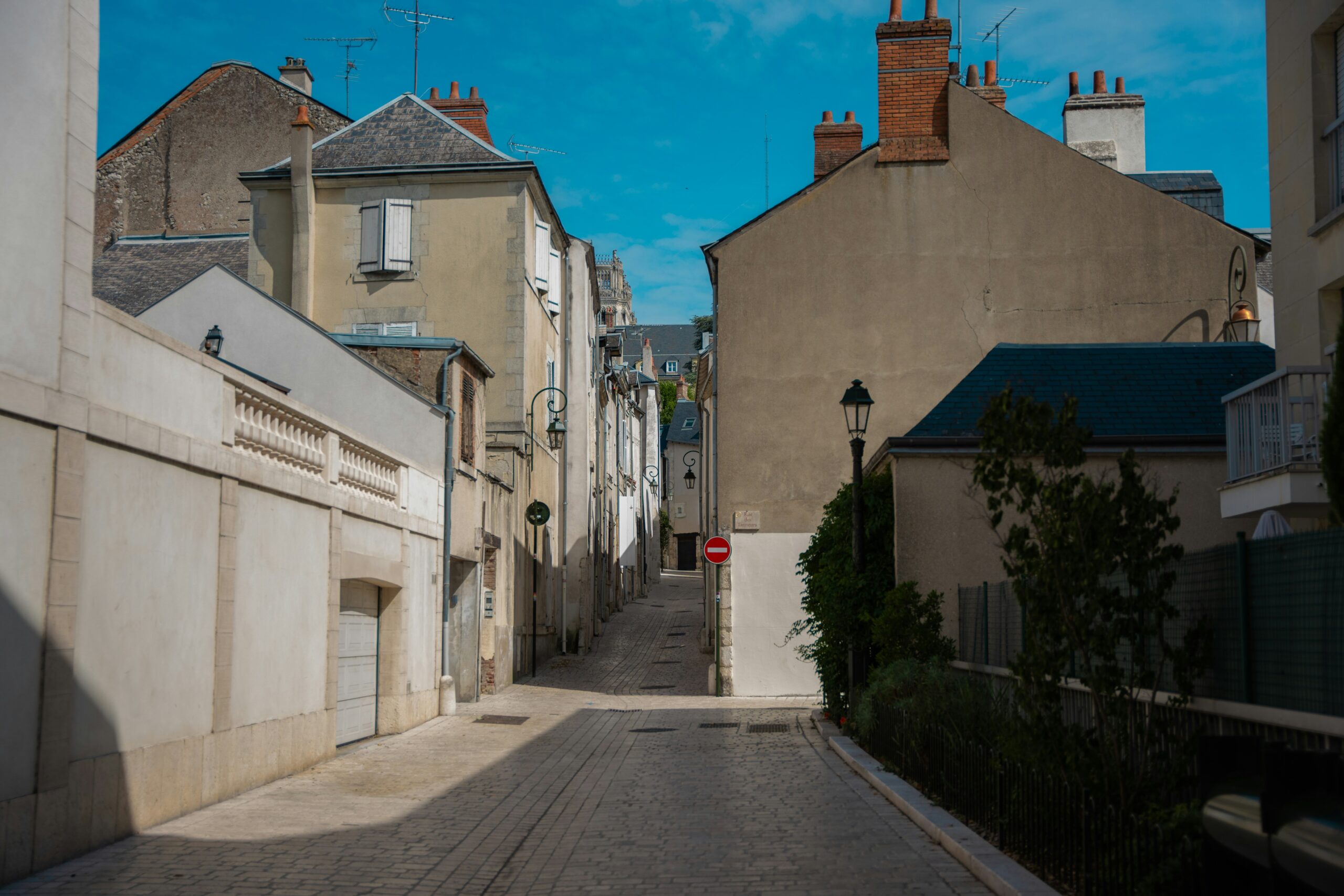
This preserved French village remains a chilling time capsule of Nazi brutality. On June 10, 1944, German troops massacred 642 residents here. Rather than rebuild, France chose to leave the town as it was—a solemn memorial with burned-out buildings and rusted cars left in place. Walking through Oradour-sur-Glane feels like stepping into a ghost story rooted in real tragedy. It’s a place that silences tourists, forcing reflection on wartime horror and the loss of civilian life, preserving memory through haunting stillness.
Jasenovac Memorial, Croatia
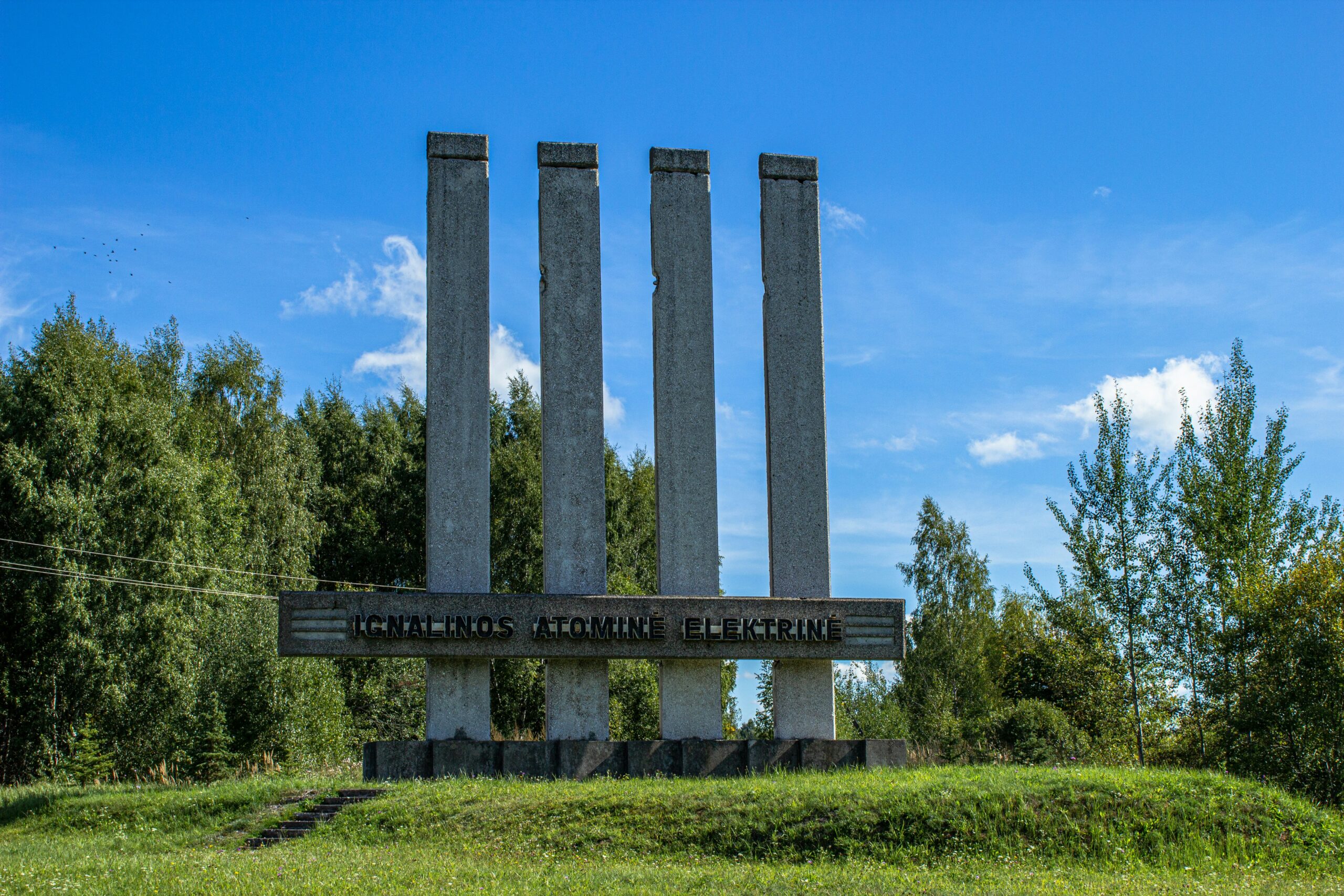
Often referred to as the “Auschwitz of the Balkans,” Jasenovac was a concentration camp operated by the Ustaše regime during WWII. Tens of thousands of Serbs, Jews, Roma, and anti-fascist Croats perished here. The memorial today is striking and solemn, especially the Flower Monument, which stands as a symbol of life amid destruction. With far less global attention than other Holocaust sites, Jasenovac holds stories of suffering and courage that deserve to be heard and honored.
Kanchanaburi, Thailand
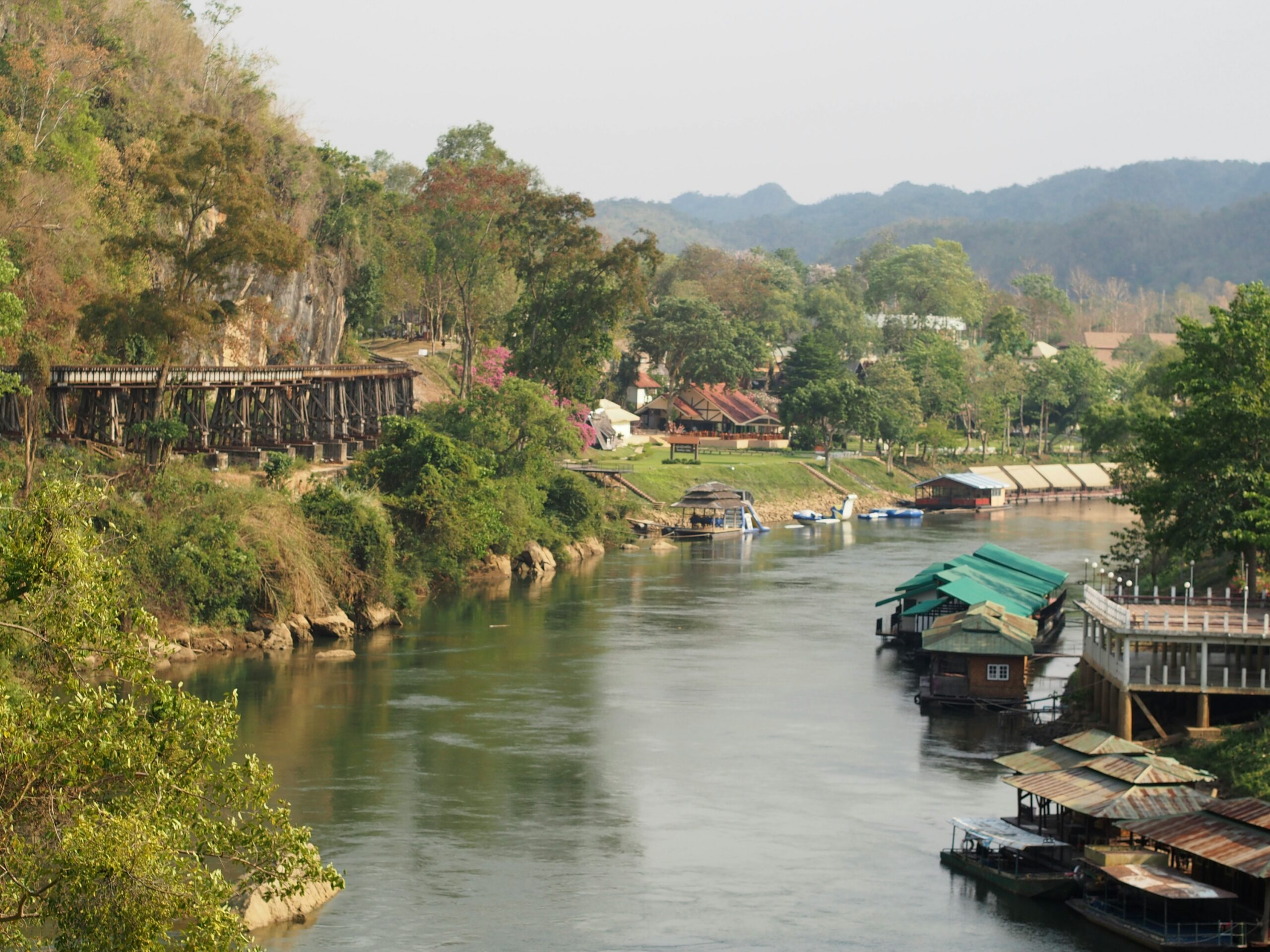
Home to the infamous Death Railway and the Bridge over the River Kwai, Kanchanaburi reveals the brutal conditions endured by Allied POWs and Asian laborers under Japanese occupation. The railway cost over 100,000 lives during its construction. Today, visitors can walk the tracks, visit the Thailand-Burma Railway Centre, and reflect at the War Cemetery. The experience sheds light on a part of WWII history often overshadowed in Western narratives, reminding us of suffering in Southeast Asia.
Monte Cassino, Italy
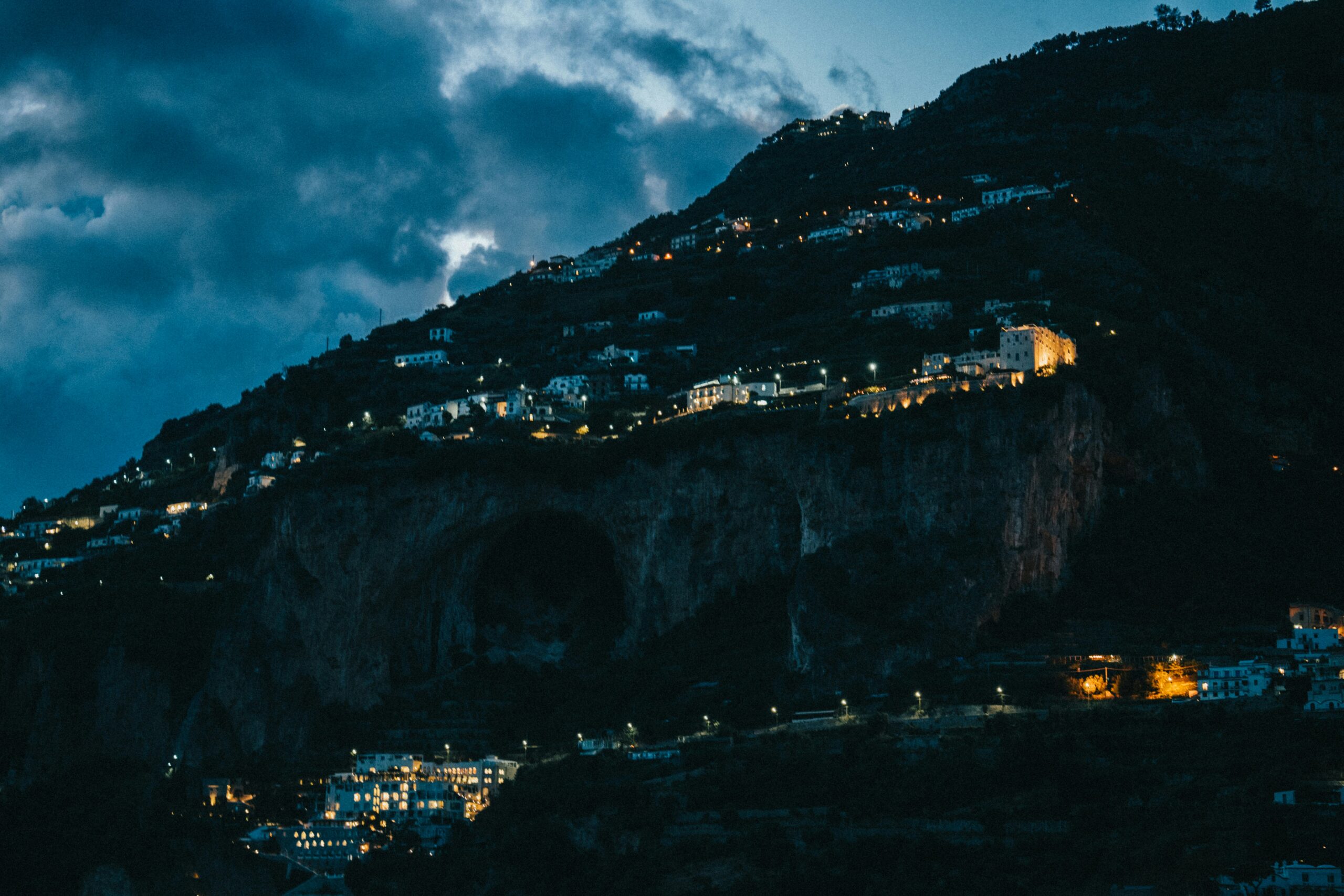
The Battle of Monte Cassino was one of the most grueling campaigns of the war, fought in waves between Allied forces and Axis defenders in 1944. The ancient Benedictine monastery atop the hill was reduced to rubble but later reconstructed. Today, visitors can tour the rebuilt abbey, walk the battlefield trails, and honor the international war cemetery nearby. Monte Cassino is not just a place of conflict—it’s a symbol of resilience and international cooperation born through sacrifice.
Maly Trostenets, Belarus
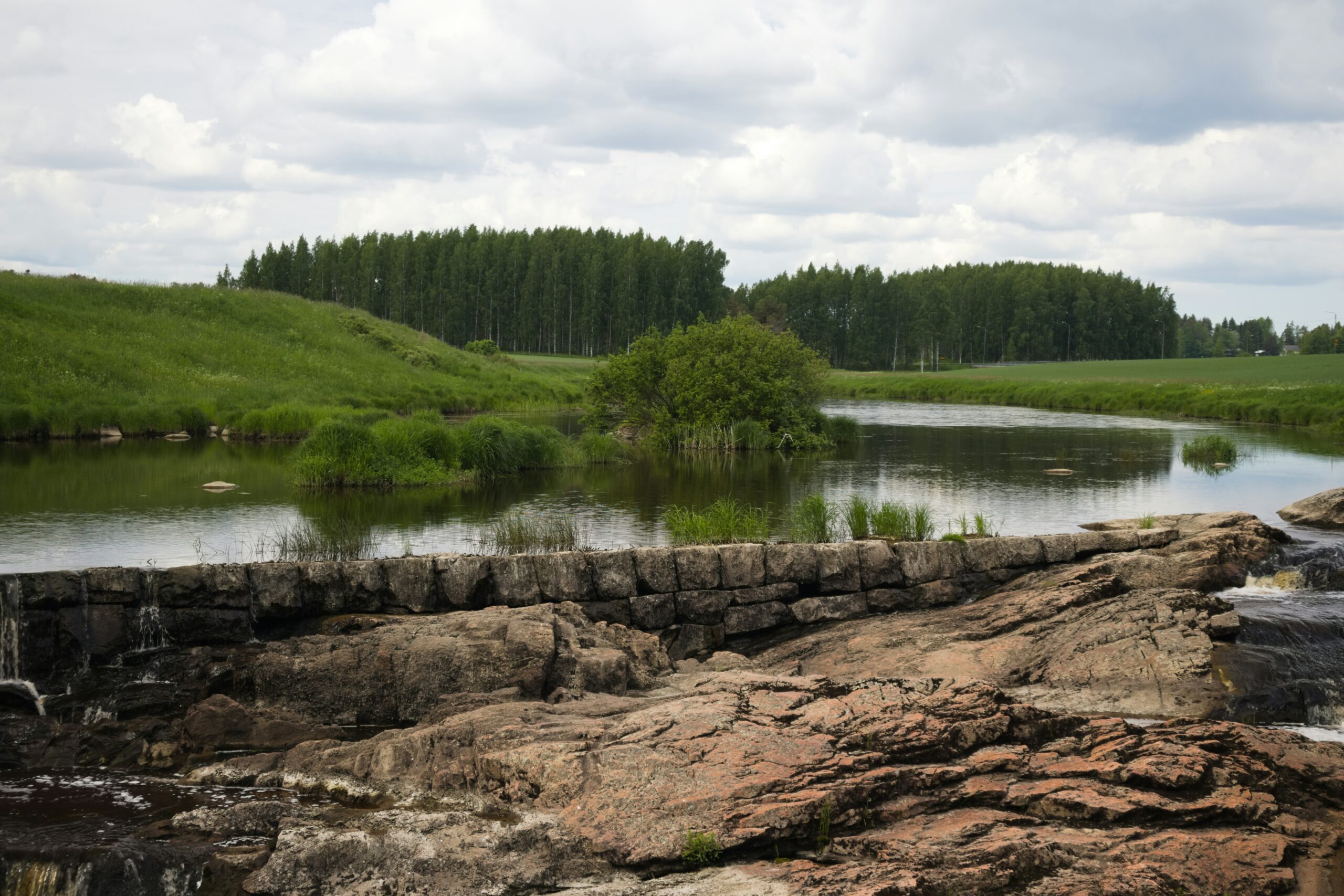
One of the least known extermination sites of the Holocaust, Maly Trostenets was a Nazi killing ground outside Minsk, where tens of thousands—mostly Jews from Austria, Germany, and the USSR—were executed. For decades, the site received little recognition. In recent years, Belarus has made efforts to properly commemorate it with new memorials and research. Maly Trostenets forces us to confront the breadth of Nazi atrocities and the many communities affected outside the commonly visited sites.
The Riese Complex, Poland
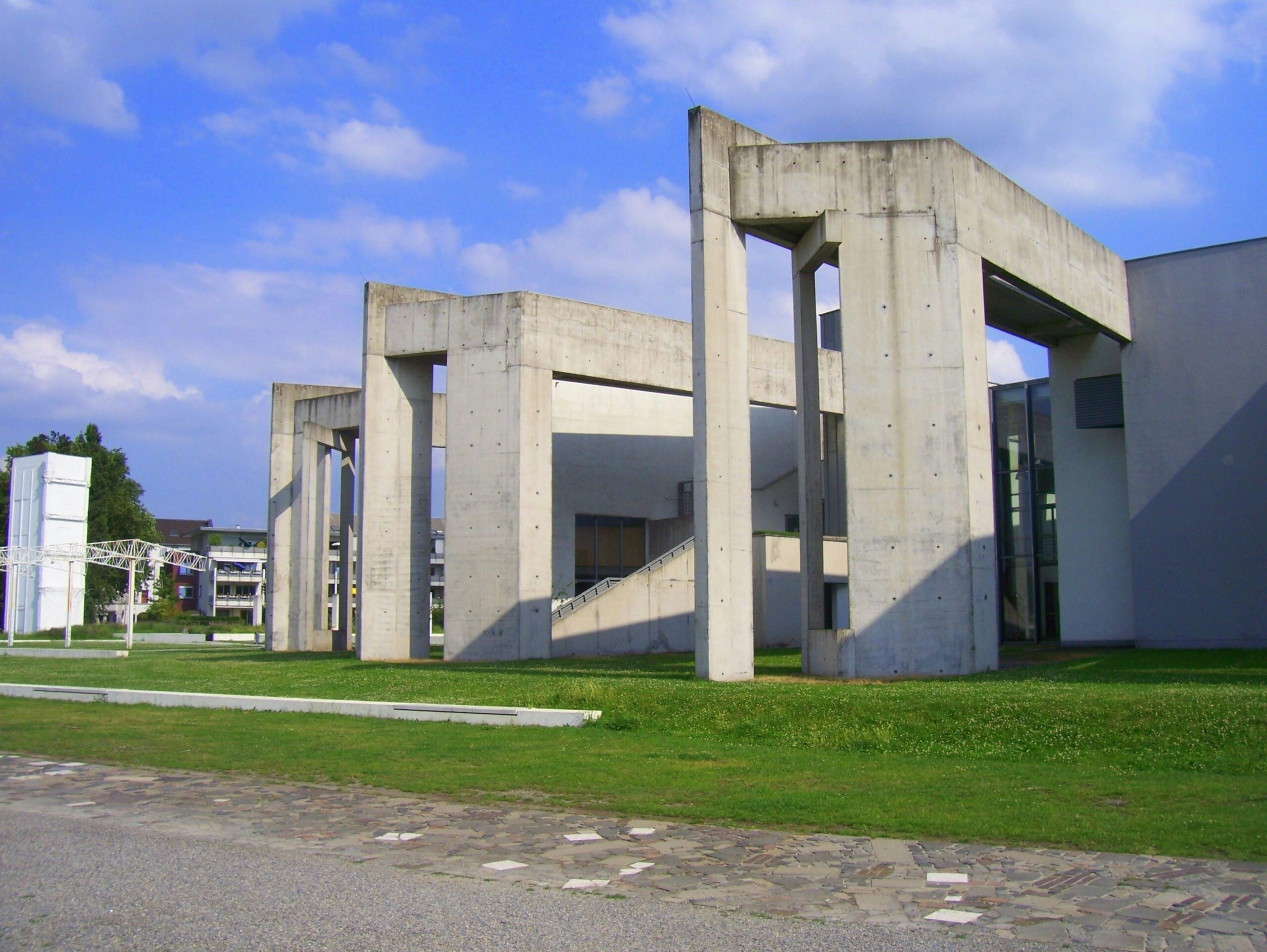
Hidden in the Owl Mountains, the Riese Complex is a series of mysterious underground tunnels and chambers built by Nazi Germany, possibly intended as secret headquarters or weapons facilities. Constructed using forced labor, much of its purpose remains unclear, fueling conspiracy theories and historical intrigue. Today, visitors can tour portions of the complex, gaining insight into the vast scale of Nazi engineering and the exploitation behind it. It’s a place that blurs the line between history and mystery.
Manzanar, USA
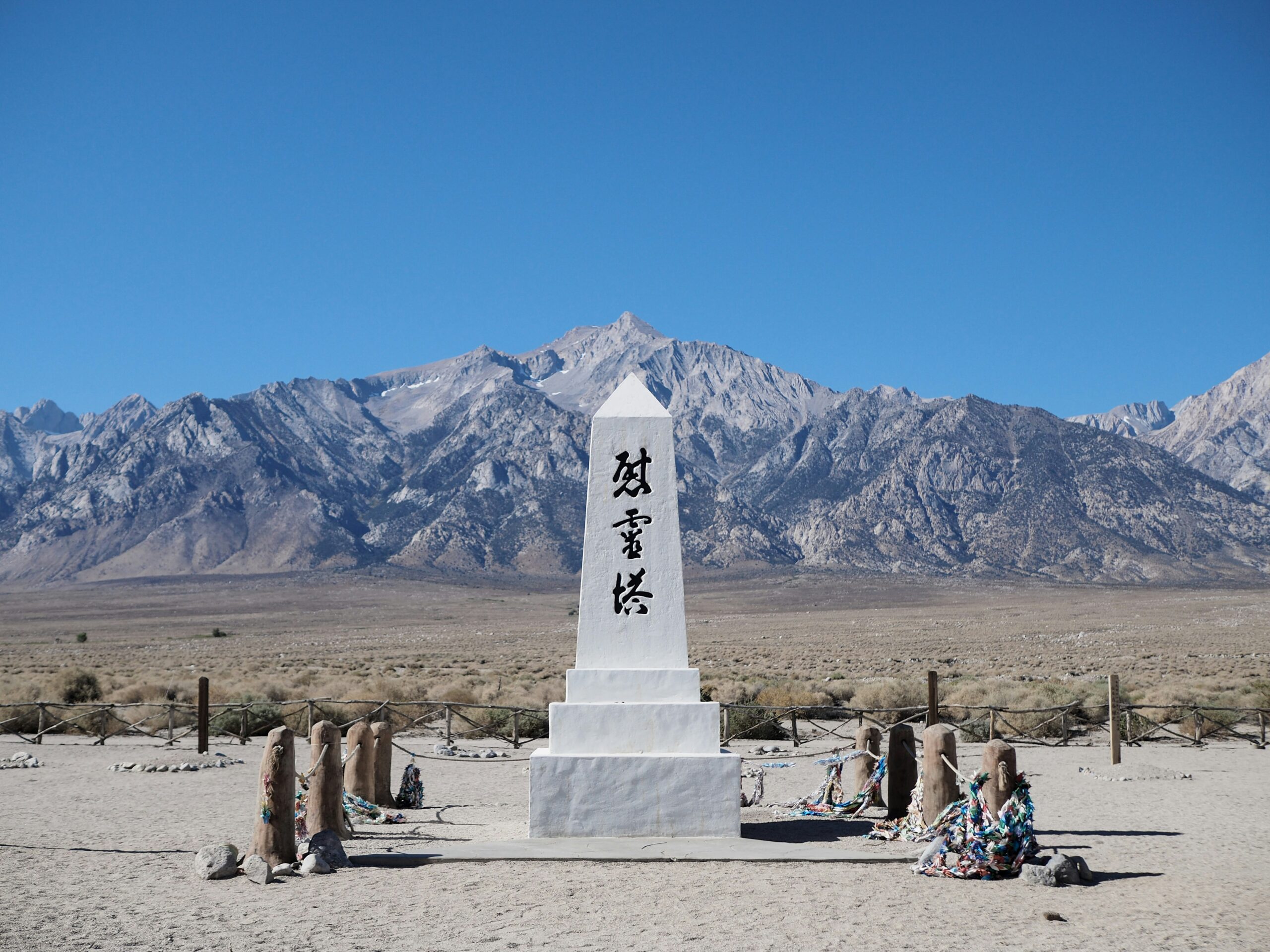
In California’s Owens Valley sits Manzanar, one of ten camps where Japanese Americans were incarcerated during WWII. Though not a combat zone, the site tells of the war’s impact on civil liberties and identity. Today, the National Park Service maintains a visitor center and reconstructed barracks that bring the experience to life. Manzanar reminds travelers that WWII wasn’t just fought overseas—it affected lives and communities within the U.S. in deeply unjust and personal ways.
Kalavryta, Greece
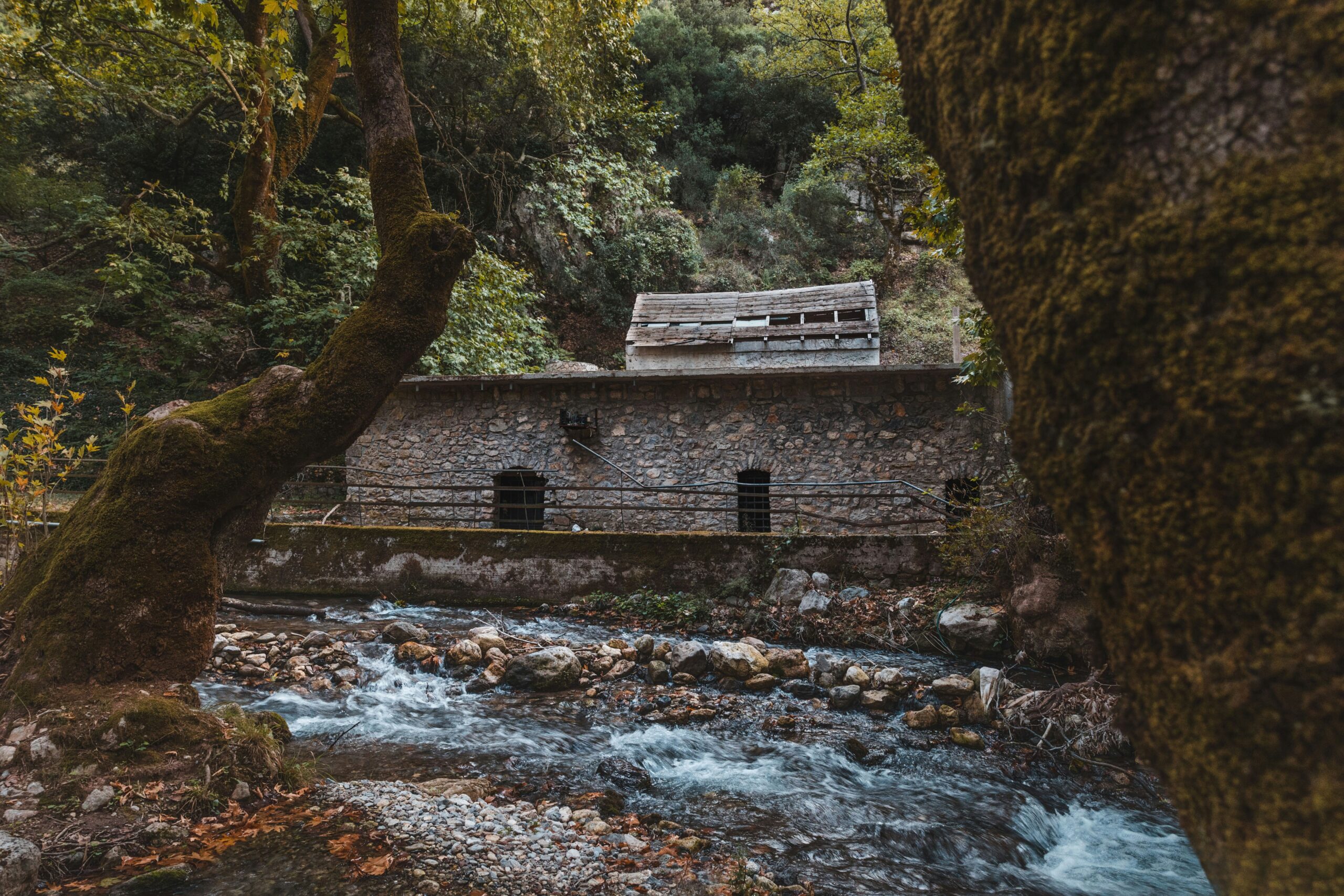
In December 1943, Nazi troops massacred over 500 male residents of Kalavryta in retaliation for a resistance attack. The town was burned, women and children left to grieve amid the ruins. Today, Kalavryta has rebuilt, but the memorial site, a hilltop cross, and a somber museum keep the memory alive. This small Greek village holds one of the darkest chapters of Nazi occupation in Southern Europe, offering visitors a poignant reminder of collective punishment’s human toll.
The Sandakan Death March Trail, Malaysia
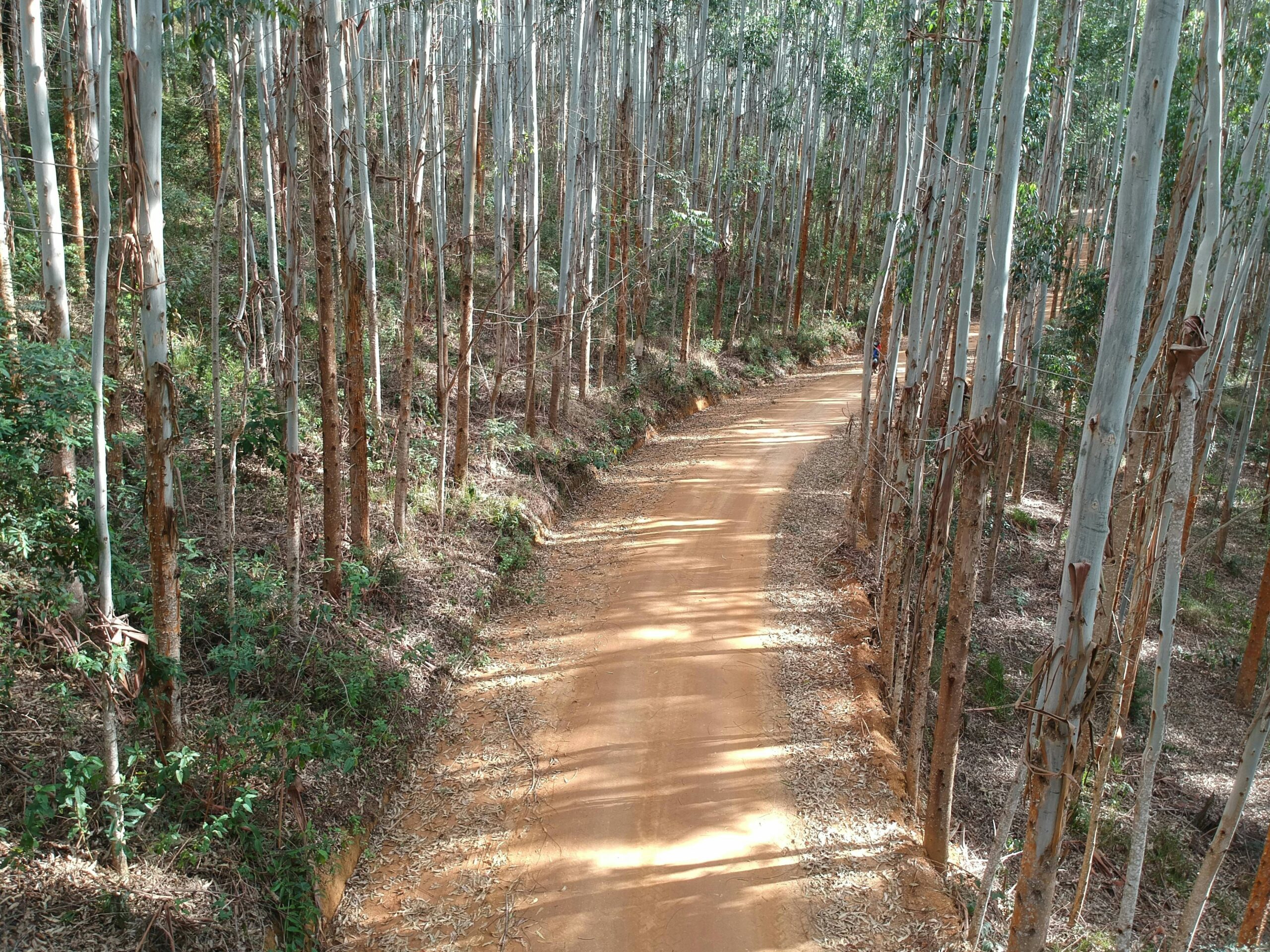
The Sandakan Death Marches were forced treks of Allied POWs by the Japanese across Borneo, resulting in the deaths of nearly all prisoners. The trail today winds through jungle and rugged terrain, with plaques marking key points of suffering and resistance. Only six men survived. Walking even a portion of this trail allows visitors to grasp the harsh conditions and extraordinary human endurance. It’s one of the most under-recognized but moving war sites in Southeast Asia.
Babyn Yar, Ukraine
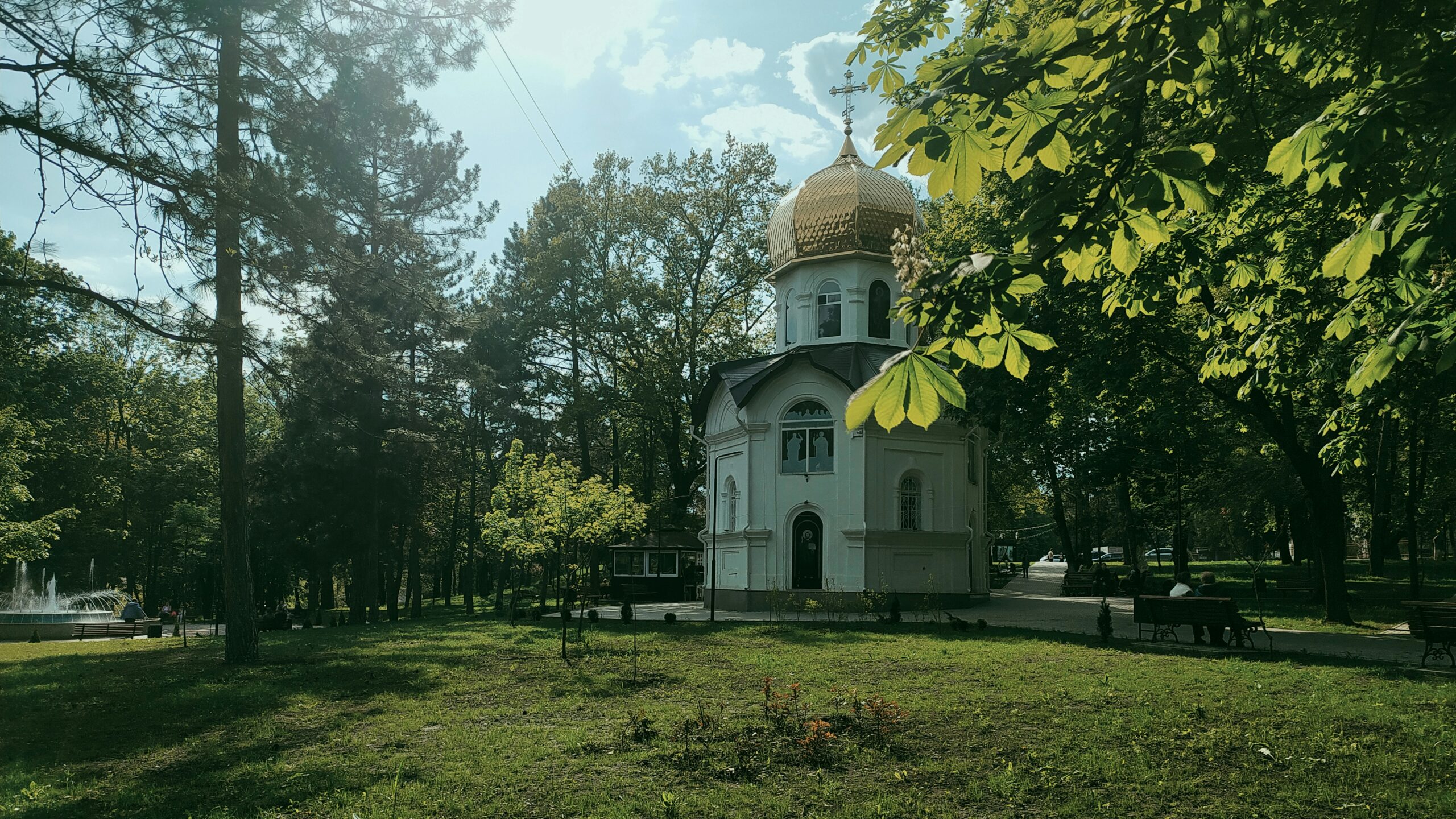
Located near Kyiv, Babyn Yar is the site of one of the largest single massacres of Jews during the Holocaust. In just two days in 1941, over 33,000 Jews were executed in the ravine by Nazi forces. Though neglected for decades during the Soviet era, Babyn Yar is now memorialized with statues, plaques, and an evolving plan for a larger remembrance center. It’s a stark and powerful site that confronts visitors with the silence that once surrounded one of history’s greatest atrocities.